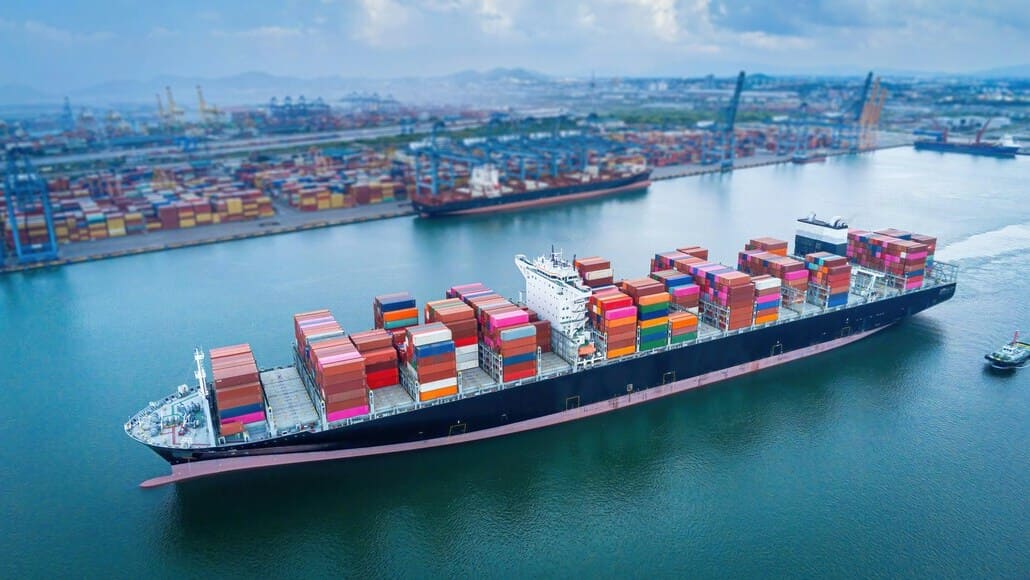A ceasefire in the Middle East has sparked hope for a significant return of container ships to the Red Sea. However, most container ships continue to sail around the Cape of Good Hope, with no guarantee the situation will change this year, according to an analysis by Xeneta.
If a shift does occur, it could lead to a collapse in freight rates due to increased market capacity. This potential surge in capacity would be driven by carriers opting for the shorter route through the Suez Canal, combined with record-breaking deliveries of new ships, the Norway-based freight rate benchmarking and market analytics platform noted in a blog post.
Despite this uncertainty, average spot rates remain elevated—up 142% from the Far East to the US East Coast, 100% to Northern Europe, and 135% to the Mediterranean. This creates a dilemma for both carriers and shippers when navigating long-term contract negotiations and determining the “right” pricing.
Xeneta’s analysis of long-term contracts effective January 1, 2025, compared to those starting January 1, 2024, reveals that rates are rising on seven of the nine global front-haul trades included in its top 13 trades.
For example, long-term rates from the Far East to Northern Europe have increased by 57% year-over-year. Similarly, rates to the US East Coast and US West Coast have risen by 44% and 64%, respectively. However, despite these increases, the new long-term rates remain significantly lower than the current average spot rates.
A notable difference emerges in the rates offered for long-term contracts based on their duration. Carriers are offering significant discounts for agreements lasting more than six months. On the Far East to Northern Europe route, carriers provided a 28% discount for contracts over six months. On the Far East to the US East Coast and US West Coast routes, the discounts were 13% and 2%, respectively.
“This dynamic creates a fascinating negotiation process between sellers and buyers,” Xeneta noted. Carriers are incentivizing longer-term agreements to mitigate risk and secure market share, while shippers aim to maintain flexibility and minimize costs.



































